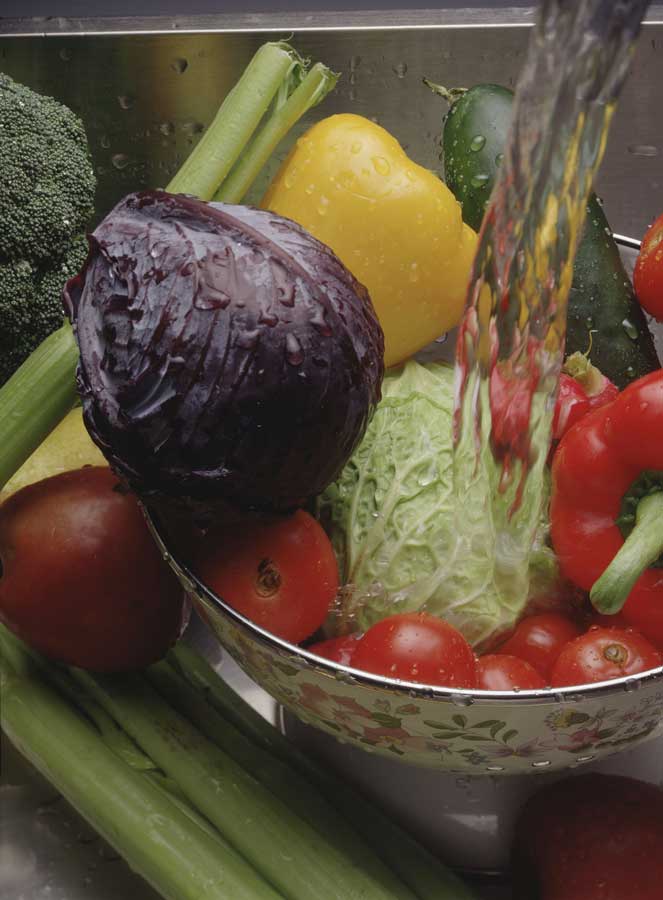Extension has tomato-handling tips for consumers

The discovery of Salmonella in certain tomato varieties has caused a series of food-poisoning outbreaks throughout the United States and put the media and the public's eye on food safety. Renee Boyer, consumer food-safety specialist for Virginia Cooperative Extension, has advice for anyone handling fresh produce, including tomatoes.
“As with any fresh fruit or vegetable, you should make sure the tomatoes you buy are not bruised or damaged,” said Boyer, who was in Canada giving a talk about tomato safety when she received word about the outbreak. “When shopping, be sure that tomatoes and other fresh fruits and vegetables are separated from household chemicals and raw foods like meat, poultry, and seafood in your grocery cart and at the check out.”
This principle of separating fresh fruits and vegetables from other products does not stop at the checkout line or even in the home refrigerator. In the kitchen, consumers should not use the same cutting board for tomatoes that they use for raw chicken and they should separate cut fruits and vegetables from raw, unwashed ones.
“Before and after handling tomatoes, wash your hands with warm water and soap for at least 20 seconds and sanitize all surfaces and utensils that touch them with hot water and soap,” Boyer said, adding that this applies to other fresh fruits and vegetables as well. “Rinse tomatoes under cold running tap water, even if you do not intend to eat the skins. It is not necessary to wash fruits and vegetables with detergents or bleach.”
To avoid food-borne illness, all fruits and vegetables that have touched raw meat, poultry, seafood, or their juices must be cooked. Throw away any fruits or vegetables that come into contact with these products unless you cook them. Also, throw away any cut, peeled, or cooked fruits and vegetables that you do not refrigerate within two hours.
The United States Food and Drug Administration (FDA) has already warned consumers across the United States about the outbreak of the type of Salmonella linked to the consumption of raw red plum, red Roma, round red tomatoes, and items containing these raw tomatoes. Other tomato products, including cherry tomatoes and tomatoes still on the vine, have not been linked to this outbreak. A Food and Drug Administration website maintains a list of growing areas not associated with the outbreak, including Virginia.
For more information about fresh fruit and vegetable handling or other food-safety topics, contact your local Extension office.



